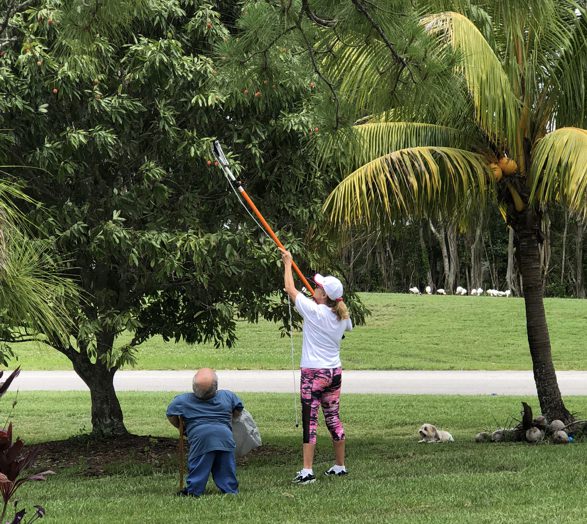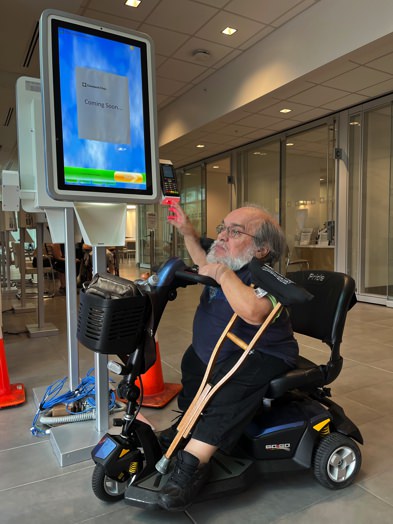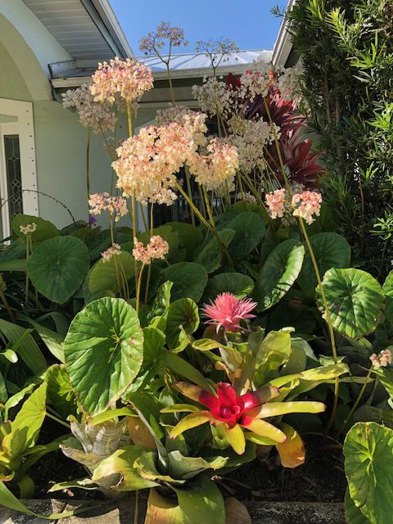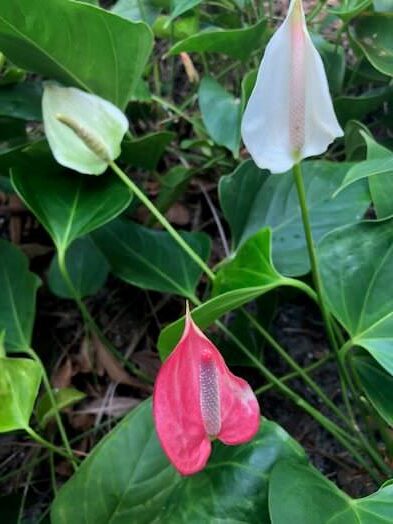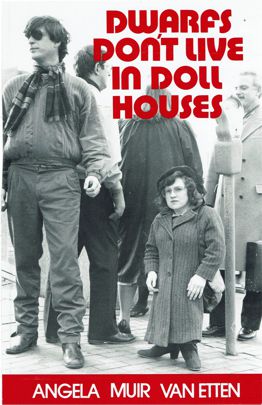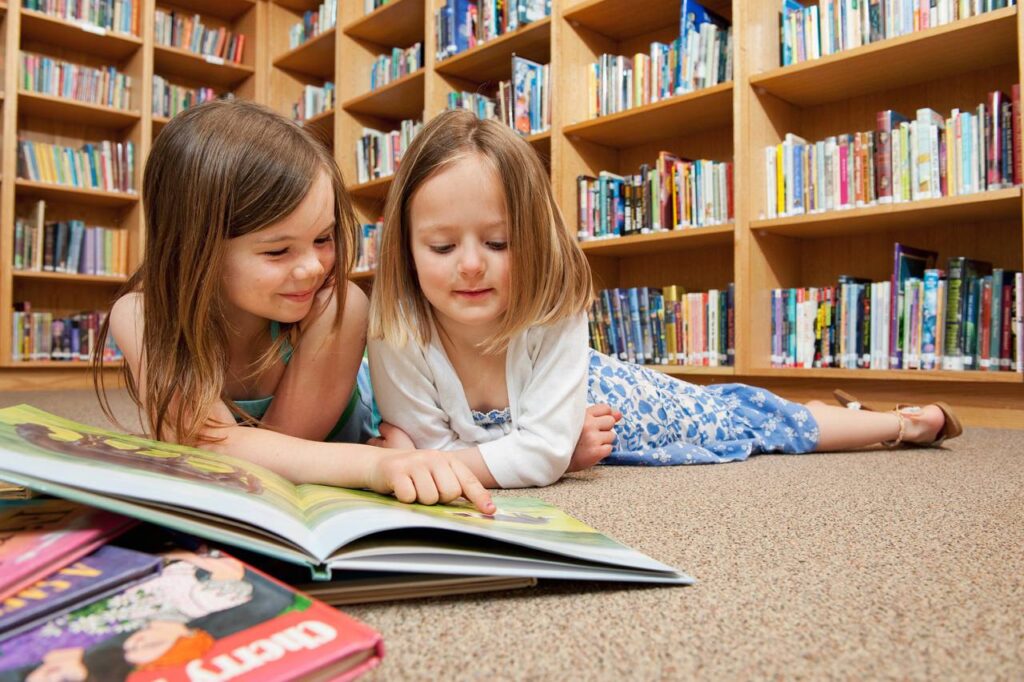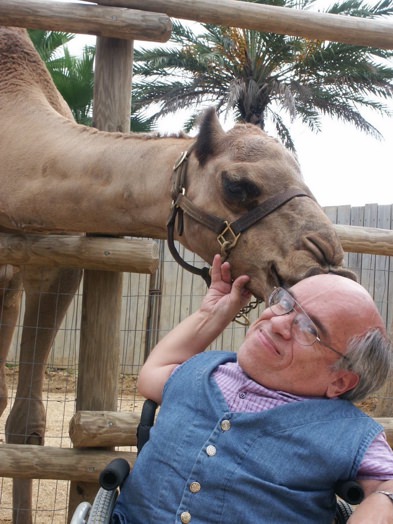
On a flight from Baltimore, Maryland to Stuart, Florida, Robert took a tomato juice shower. We were seated in the bulkhead row when Robert’s sister, Paula, stepped past him, handed him her juice, and asked him to hold it. Robert didn’t hear her and was drenched when she let go the cup.
Upon arrival at Palm Beach International (PBI) airport we were relieved when the scooters were delivered in working order, but shocked when Robert was also presented with his hearing aid. It was the first time Paula and I heard it was missing. Someone in Baltimore noticed it on the scooter seat and made sure it was returned along with the scooter at PBI.
Want to subscribe to receive blog updates sign up today!
Not all of our hearing aid stories have such a happy ending. Take the 1990s hearing aids that were crushed when I drove over them in the garage or washed and dried in the pocket of Robert’s pants. For some reason, they didn’t work after that. Thirty years later, I still check the pockets before placing his clothes in the washer.
Advances in technology have transformed hearing aids from clunky devices costing hundreds of dollars to mini computers with sophisticated circuits and microchips costing thousands of dollars. They even have Bluetooth connectivity to cell phones, music players, and TVs. Crushing or washing today’s hearing aids—excluded from health insurance plans—would make this a very sad and expensive story.
Yet misplaced hearing aids remain a common phenomenon in our household. After taking them off, Robert puts them down in various places. A couple of times, I’ve retrieved them from a recycle bin next to the dresser where they were placed. For the most part, they are spotted within a few hours. But not always. Recently, when one hearing aid was missing for a couple of months, Robert’s brother Mickey reminded him the aid was covered by a 3-year warranty. Thankfully, Robert made a successful claim to replace it two weeks before the warranty expired.
The obvious solution would be for Robert to routinely put them on when he gets up and take them off when he goes to bed, takes a shower, or goes swimming. Not only would this habit give a predictable place for storing the hearing aids, it would also eliminate the stress of looking for them. Apparently it would also reduce the risk of developing dementia, falling, declining mobility, depression, social isolation, and anxiety. And the bonus would be improved communication with his wife! And if this routine breaks down, he could pay the extra for GPS locators on the aids.
Robert counts among the estimated 48 million Americans with hearing loss, including the more than 30% of people between the ages of 65 and 74. His loss is attributed to a complication from his Spondyloepiphyseal Dysplasia Congenita (SEDC) dwarfism diagnosis. Although he’s been wearing hearing aids since he was in college, the severity of his hearing loss has increased since he retired.
So how do you relate to Better Hearing and Speech Month?
Read more of our marriage adventures in the second book in my dwarfism trilogy, PASS ME YOUR SHOES: A Couple with Dwarfism Navigates Life’s Detours with Love and Faith. https://angelamuirvanetten.com/pass-me-your-shoes/.


